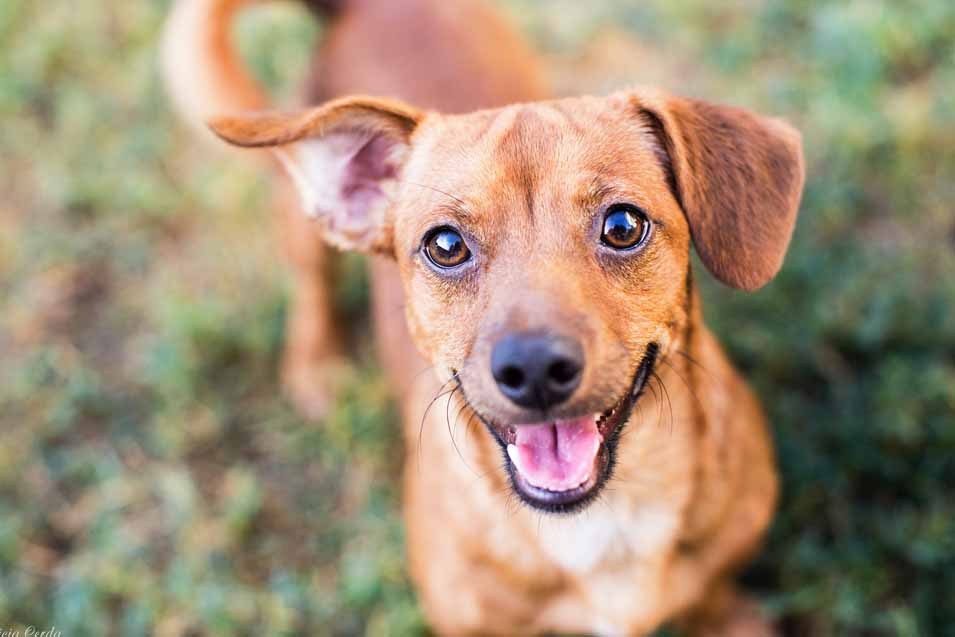Coronaviruses are a very large family of pathogens that can affect a broad range of mammals, including our cats and dogs. If you’re wondering whether you can get the new coronavirus (COVID-19) from your pet, the answer is no. But it’s not a clear no, since it is presumed that cats and dogs can be vectors of the disease without developing it.
The likelihood of the virus suffering a mutation that would allow it to be transmitted from cats and dogs to humans is very slim, if not impossible. Our pets can’t get us sick unless they have come in contact with someone who carries the new coronavirus.
In this article, we will look at whether humans can get coronavirus from their pets, how this can happen, and a variety of other things that you should be aware of as a pet guardian.
How Is the Novel Coronavirus Transmitted?
Since COVID-19 affects the respiratory system of humans, causing an array of symptoms from fever, sneezing, and coughing to more serious outcomes such as pneumonia, it is an airborne disease.
Airborne transmission consists of situations where droplets or particles that contain the virus remain suspended in the air for some time. Viruses aren’t generally great at surviving in this environment without a host, especially since the fluid dries up quickly.
However, in some types of places, such as airports, public transportation, or offices where many people tend to gather, the virus can survive for anything from several hours to several days. We don’t know enough about the new Coronavirus yet besides a presumed incubation period and the symptoms that it causes.
How Can the New Coronavirus Get on Your Pet?
You might have heard by now that some people don’t show any clinical signs whatsoever, which makes them asymptomatic. The novel coronavirus is particularly dangerous in this form because there’s no way of you knowing whether someone that your dog or cat interacts with is sick or not.
Besides, if you take your dog to the park and he or she is friendly, someone might pet him while you aren’t looking. Assuming that someone who has the new coronavirus has just sneezed and used their hand to cover their nose and mouth now pets your dog, there is a chance of the virus being on your pet’s coat for a while.
That doesn’t mean that your dog or your cat can get the new coronavirus and become sick. The new coronavirus is not species-specific at this time, meaning that it hasn’t suffered a mutation that enables it to affect cats and dogs — at least not yet.
Can Your Cat or Dog Transmit Covid-19 to Other People If You Have It?
Yes. As we have mentioned, cats or dogs that come in contact with people that are sick or are carriers of the new coronavirus pose a health threat to healthy people in that they can be vectors of the disease. Not all pets can do this, though.
There is no proof that cats and dogs can be infected with this type of coronavirus. However, to be on the safe side of things, it is advised that pets belonging to people who have been infected remain quarantined for as many as 14 days.
Sanitize Your Hands after Coming in Contact with Pets
This might not be a piece of advice that you might want to hear if you tend to give your cat or dog kisses all day long, and you don’t wash your hands after petting them. But if you come in contact with pets that aren’t yours, you should always use a hand sanitizer or wash your hands as soon as possible.
Even though there is no evidence that companion animals can be infected with the new coronavirus, you can get other pathogens, ranging from Salmonella to Escherichia coli. Plus, you can always get internal parasites from pets that don’t belong to you and that you don’t know are being de-wormed regularly.
Should Your Dog Wear a Mask When You Take Him Outdoors?
Wearing a mask does little to nothing in protecting you from a COVID-19 infection, and we’re surprised that this information isn’t more widespread. Viruses aren’t like some parasites, be they external or internal, meaning that they aren’t macroscopic, so you can’t see them with your naked eye.
People wear masks just to feel protected on a mental level — otherwise, they are completely useless against the novel coronavirus. This pathogen is small enough to go through any type of fiber, no matter how dense or thick it is. Unless you’re wearing a military-grade mask (made of plastic or in any case, something other than textile material), you can be infected.
A Note on Canine and Feline Coronavirus
Canine coronavirus is very contagious. It is an intestinal infection, so it doesn’t resemble COVID-19 in terms of pathogenicity. Vaccination can prevent infection with several strains of canine coronavirus that have been isolated from diarrheal disease in dogs over time.
In dogs, coronavirus has the following clinical signs:
- Vomiting
- Diarrhea
- Loss of appetite
- Depression
- Occasional fever
Canine coronavirus affects young dogs, those that come from breeding kennels, rescue centers, or shelters, and those that engage with other dogs on a regular basis. As is the case with COVID-19, there is no specific treatment for the infection.
Feline coronavirus (FCoV) is a more or less common viral infection in our feline friends. Like its canine counterpart, it affects the digestive system, and it can cause mild diarrhea. Some cats can develop a persistent infection, therefore posing a threat to other cats, whereas others eliminate the virus from their body following the infection.
Cats can shed the virus in their feces, being a source of infection for other cats in their environment. It is suspected that the virus can mutate and lead to the development of feline infectious peritonitis.
As you can see, in both cats and in dogs, coronavirus infections do not have the same pathogenic mechanism as the novel COVID-19. They don’t cause the same clinical signs, either.
Conclusion
You can’t get infected with the novel coronavirus from your cat or dog, at least not at this time and not directly — neither of these two species could develop the COVID-19 infection at the time this article was written. However, pets can be vectors of the disease if they have come in contact with an infected person.






